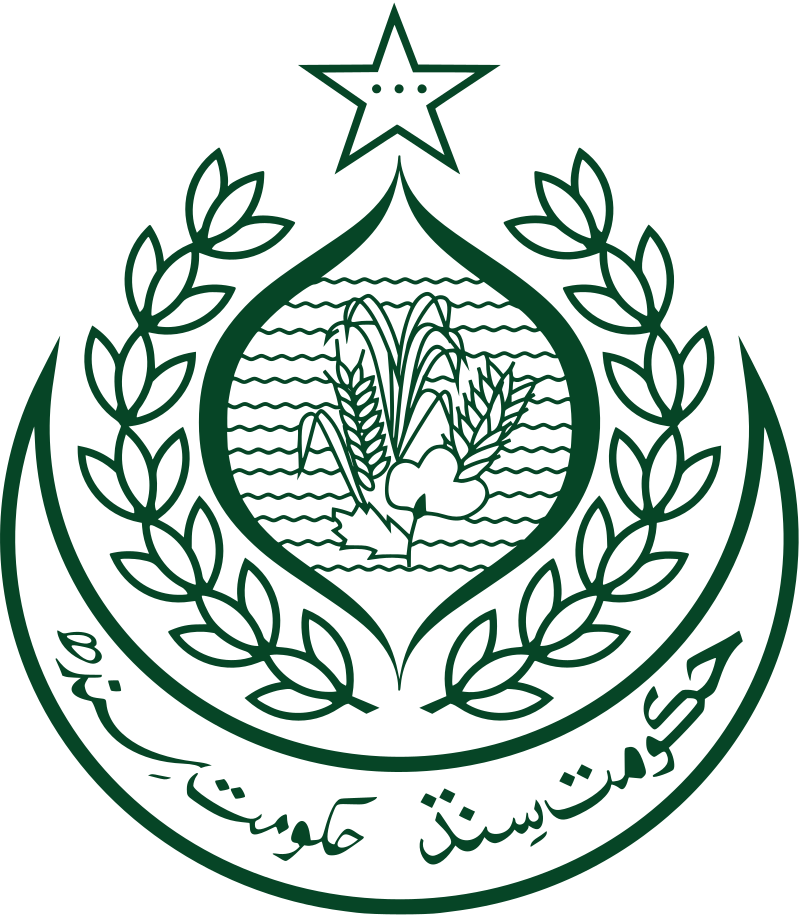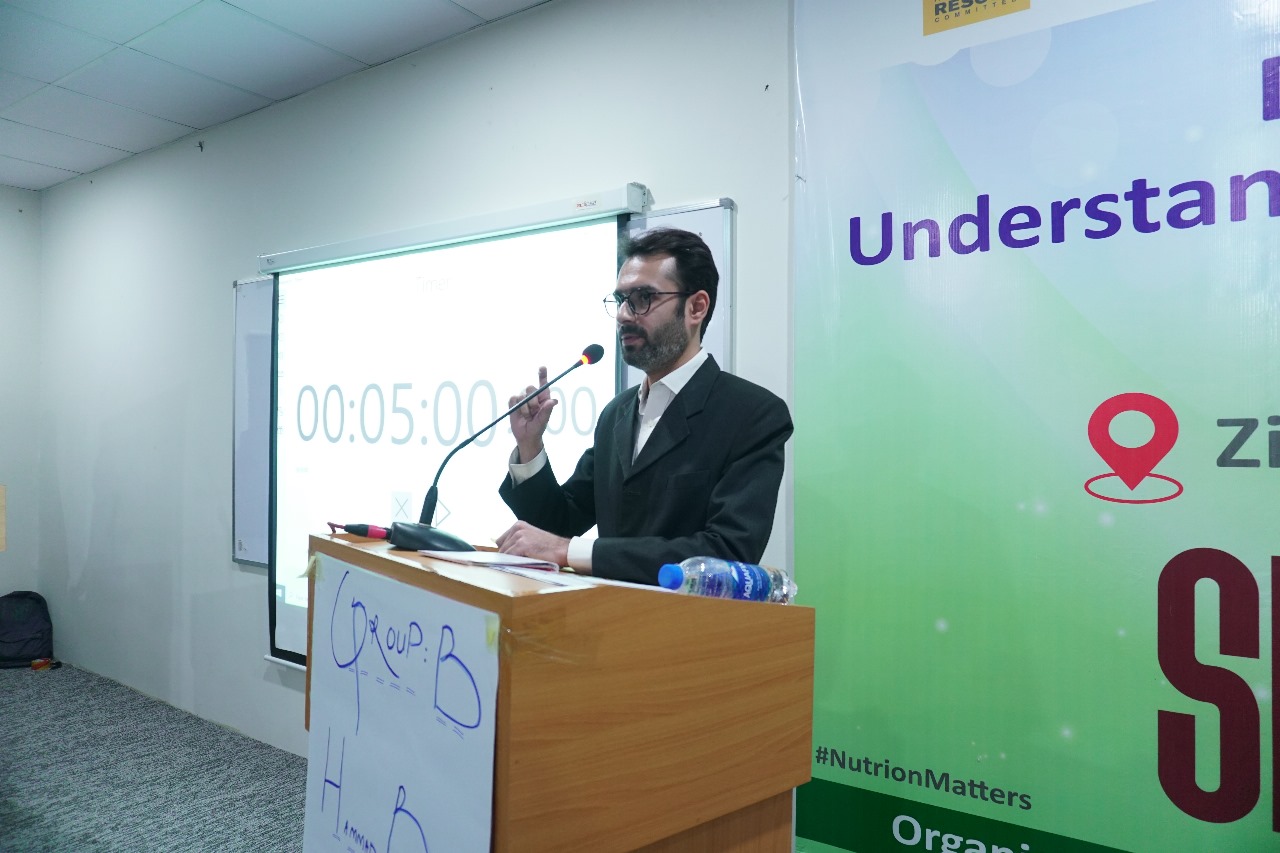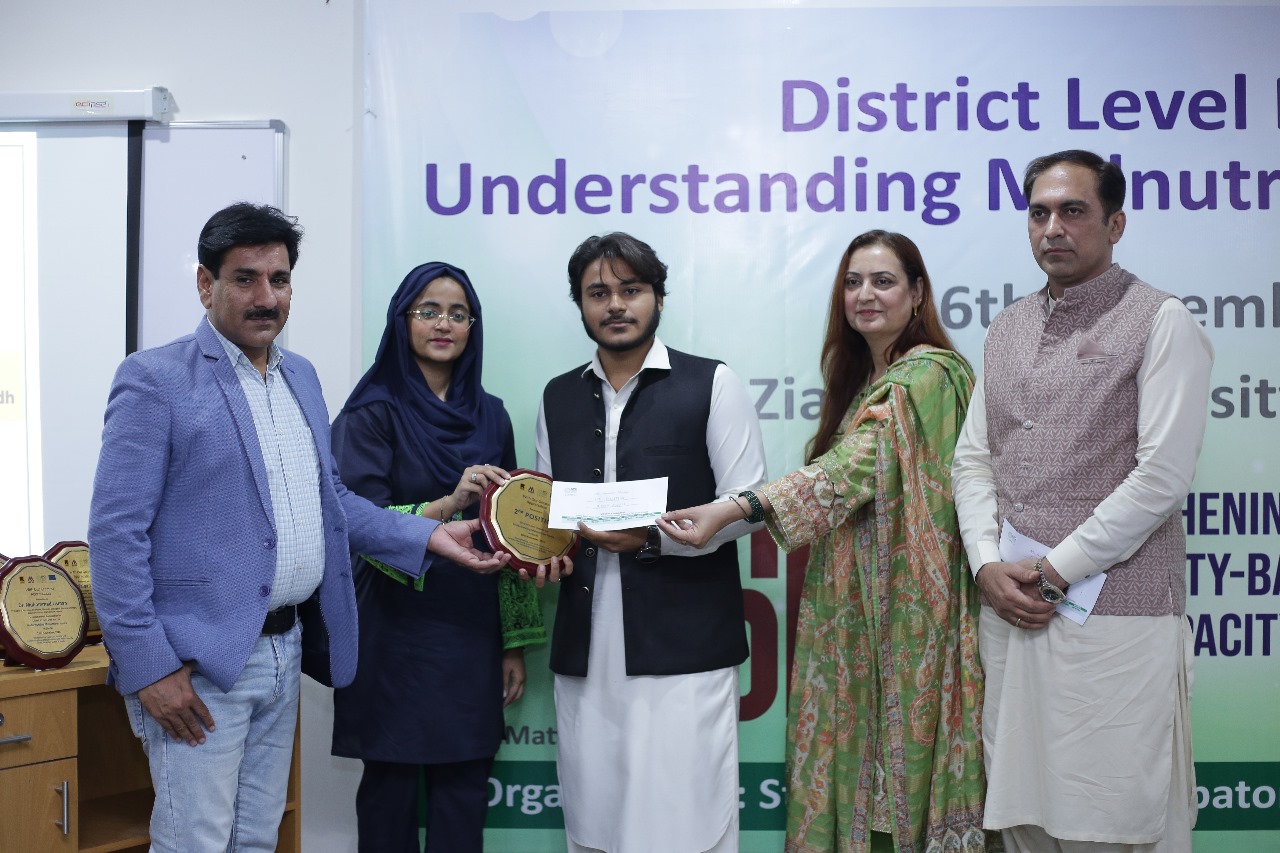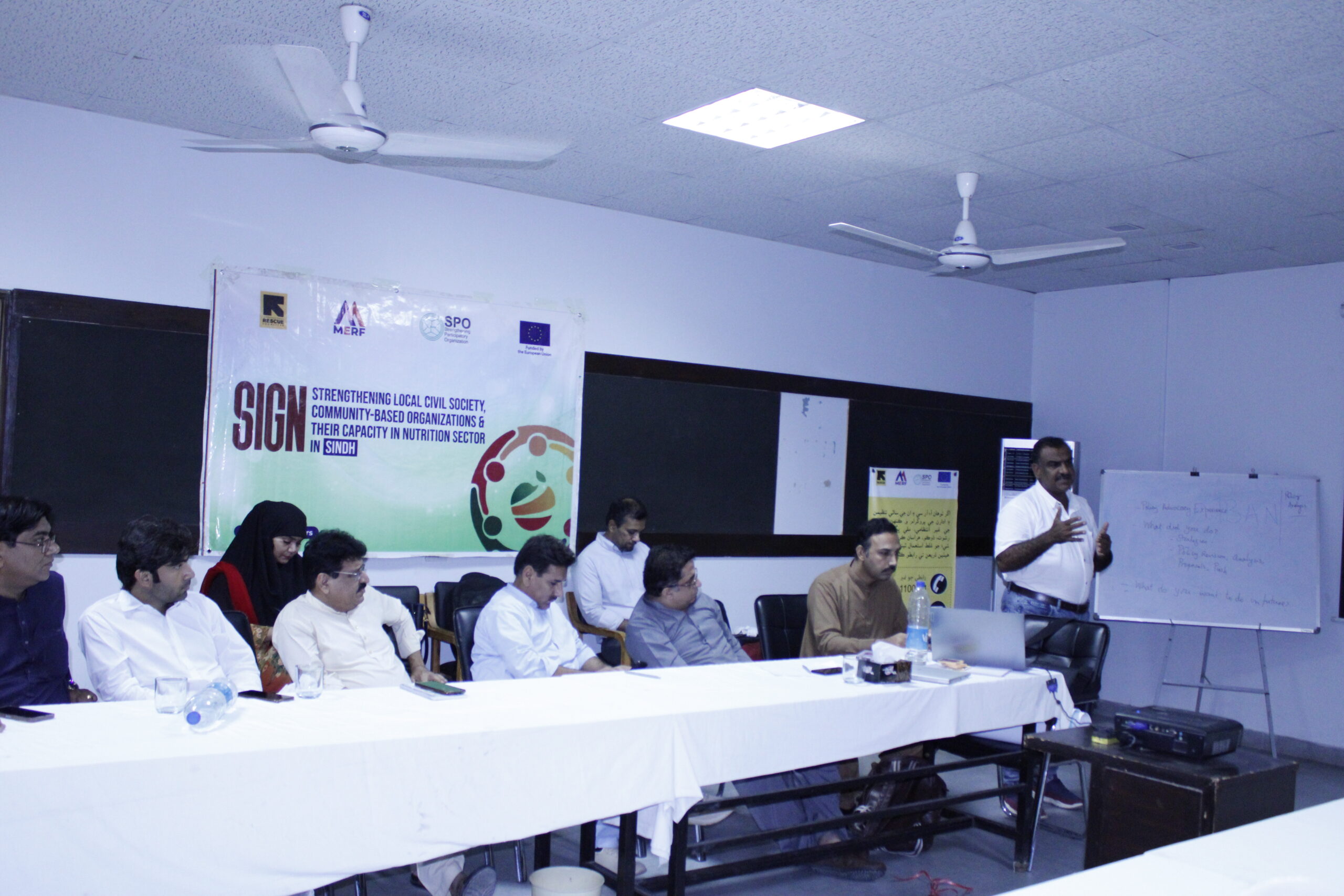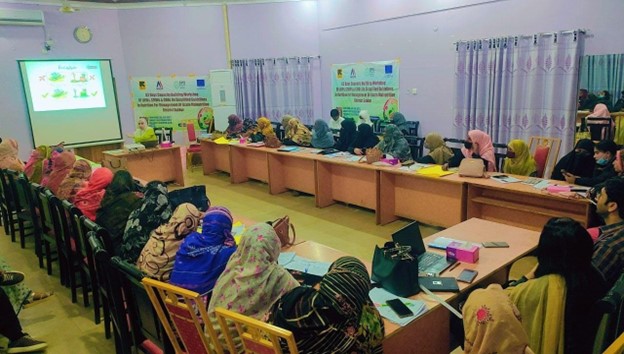
Concept or Brief Note of LHW trainings
Background
Acute malnutrition remains a critical public health issue, particularly among children under five and pregnant and lactating women (PLWs) in underserved areas. To address this, the Medical Emergency Resilience Foundation (MERF), in collaboration with the International Rescue Committee (IRC), is implementing a simplified approach to the management of Severe Acute Malnutrition (SAM) and Moderate Acute Malnutrition (MAM) at the community level. This approach leverages the use of Mid-Upper Arm Circumference (MUAC) screening, Ready-to-Use Therapeutic Food (RUTF), and community-based structures to improve access to treatment and care.
The proposed activity focuses on capacity building for Lady Health Workers (LHWs), Community Midwives (CMWs), Civil Society Organization (CSO) members, and volunteers through basic and refresher training workshops. These workshops aim to enhance their skills in screening, referral, and treatment of acute malnutrition using simplified protocols endorsed by the National Nutrition Working Group.
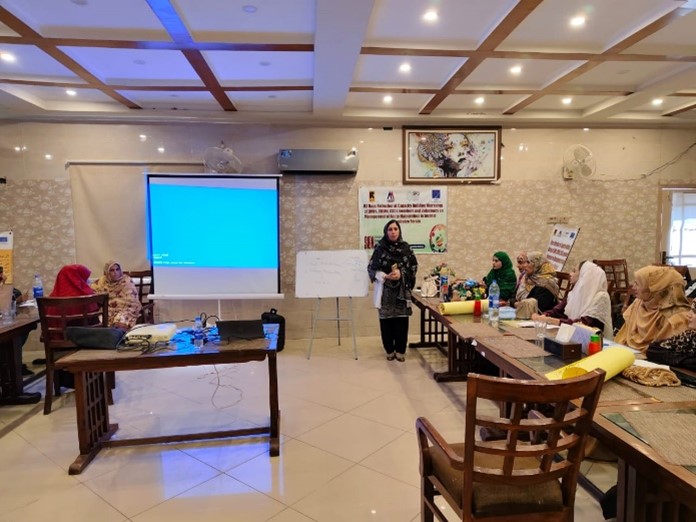
Objective
- The primary objective of this activity is to strengthen the capacity of LHWs, CMWs, CBO members, and volunteers to effectively screen, refer, and manage cases of acute malnutrition using a simplified approach. This will be achieved through:
- Three-day basic and refresher training workshops on MUAC-based anthropometry, referral criteria, Infant and Young Child Feeding (IYCF) practices, maternal nutrition, and micronutrient deficiency prevention.
- Rolling out simplified guidelines for the management of acute malnutrition, including the provision of RUTF at the community level.
- Establishing a community-based system for screening, treatment, and follow-up of malnourished children and PLWs.
Target Participants:
175 participants, including LHWs, CMWs, CBO members, and male and female literate volunteers from targeted 5 districts.
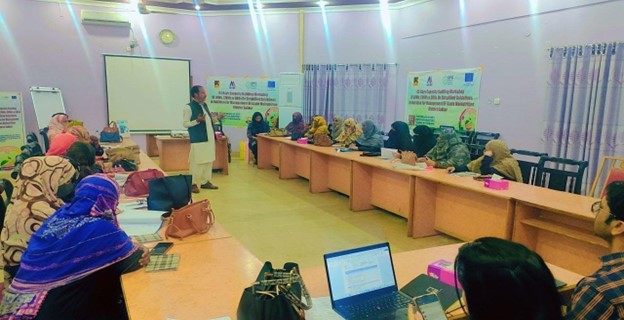
Workshop Structure:
Year 1 and Year 2: Five district-level workshops (three-day basic and refresher training sessions).
Training Methodology:
- Interactive sessions, practical exercises, group work, and presentations.
- Hands-on training on MUAC screening and RUTF provision.
- Case studies and role-playing to simulate real-life scenarios.
Expected Outcomes:
- Enhanced skills and knowledge of participants in screening and managing acute malnutrition.
- Improved coordination between community volunteers, LHWs, CMWs, and CBOs.
- Increased coverage of malnutrition screening and treatment in underserved areas.

Implementation Strategy
Coordination with Health Department:
- MERF and IRC will collaborate with the health department to secure endorsement and approval for the simplified guidelines.
- Uncovered areas under government-supported nutrition programs will be identified for the rollout of this model.
Community-Based Treatment:
- Volunteers will be incentivized with nominal stipends for providing RUTF and conducting follow-up visits to monitor treatment outcomes.
- LHWs, CMWs, and volunteers will screen approximately 179,029 children under five and 105,311 PLWs.
- An estimated 13,427 SAM children, 26,854 MAM children, and 15,797 malnourished PLWs will be managed at the community level.
Expected Impact
- Improved screening and treatment coverage for acute malnutrition in underserved areas.
- Enhanced capacity of community health workers and volunteers to manage malnutrition effectively.
- Strengthened coordination between community-based structures and government health systems.
- Reduction in the prevalence of SAM and MAM among children under five and PLWs.

